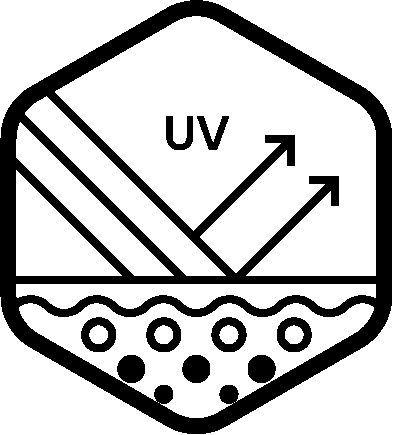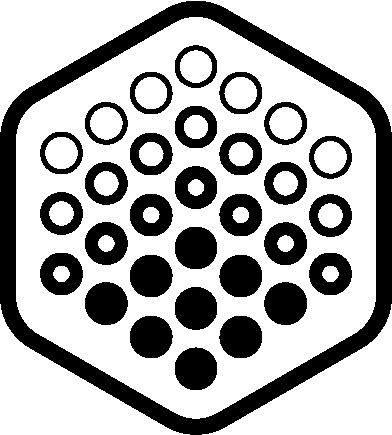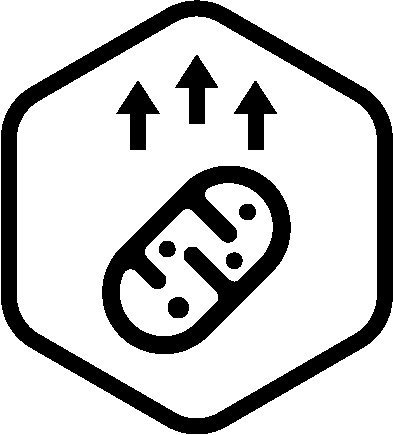Publication Date:
2017-12-01
Institutions involved:
- University of Western Australia (School of Medicine, Molecular Sciences, Agriculture & Environment)
- Edith Cowan University (School of Medical and Health Sciences)
- Curtin University (Biomedical Sciences & Curtin Health Innovation Research Institute)
- Victor Chang Cardiac Research Institute (Vascular Biology Division)
- University of New South Wales (St Vincent’s Clinical School)
- Flinders University (Centre for Epidemiology and Biostatistics)
- Department of Primary Industries and Regional Development (South Perth, WA)
Participants:
30 adults (10 men, 20 women) with at least one cardiovascular risk factor: elevated BP, borderline glucose, high cholesterol, or central obesity
Duration:
Acute phase: 2 hours post-consumption, Chronic phase: 4 weeks
Dosage:
High-Flavonoid Apple (HFA): 1 whole apple + skin of a 2nd apple, Low-Flavonoid Apple (LFA): Apple flesh only (no skin), administered 2x/day
Learn more
Try Apple Poly Now
Key Takeaways:
Consuming two flavonoid-rich apples daily led to improved blood vessel function, showing real-time vascular benefits in people with early cardiovascular risk.
Significant changes were seen in flow-mediated dilation (FMD) — a gold-standard measure of endothelial health — confirming apple peels’ power to support circulation.
The improvement was not just gradual; even within two hours, apples with peels triggered vascular changes, indicating both immediate and longer-term benefits.
Apple Poly Summary:
Why Is This Study Important? This randomized, controlled human clinical trial (RCT) provides compelling clinical evidence that apple skin — rich in flavonoids — can improve vascular function in people with early cardiovascular risk. It’s one of the few randomized trials to isolate the effect of apple skin versus flesh, showing that the benefits are not just from fiber or general fruit intake, but from specific polyphenols. The rapid and sustained improvements in endothelial function suggest apples may play a frontline role in dietary prevention strategies.
You should know: Apple peel contains up to 10X the flavonoid polyphenols as the flesh. The power is in the peel.
In Plain English: Eating apples with the skin helped people’s blood vessels work better — within just two hours and again after four weeks. Peeled apples didn’t have the same effect. The nutrients in apple skin, especially plant compounds called flavonoids, are clearly part of what makes apples good for your heart.
For Medical Professionals: In a double-blind crossover RCT (n=30), consumption of a high-flavonoid apple intervention (whole apple + skin of second apple) significantly improved flow-mediated dilation acutely (+0.8%, p < 0.001) and after 4 weeks (+0.5%, p < 0.001) relative to a low-flavonoid apple flesh-only control. Plasma quercetin and isorhamnetin levels increased significantly after HFA. No changes were seen in BP, lipids, NO₃⁻/NO₂⁻, F2-isoprostanes, or Hmox-1 markers. The results reinforce the vascular benefits of whole-food polyphenols, particularly from apple skin, in early cardiometabolic risk populations.
Abstract:
Scope: The cardioprotective effects of apples are primarily attributed to flavonoids, found predominantly in the skin. This study aimed to determine if acute and/or chronic (4 weeks) ingestion of flavonoid-rich apples improves endothelial function, blood pressure (BP), and arterial stiffness in individuals at risk for cardiovascular diseases (CVD).
Methods and results: In this randomized, controlled cross-over trial, acute and 4-week intake of apple with skin (high flavonoid apple, HFA) is compared to intake of apple flesh only (low flavonoid apple, LFA) in 30 participants. The primary outcome is endothelial function assessed using flow-mediated dilation (FMD) of the brachial artery, while main secondary outcomes are 24 h ambulatory BP and arterial stiffness. Other outcomes include fasting serum glucose and lipoprotein profile, plasma heme oxygenase-1 (Hmox-1), F₂-isoprostanes, flavonoid metabolites, and plasma and salivary nitrate (NO₃⁻) and nitrite (NO₂⁻) concentrations. Compared to LFA control, the HFA results in a significant increase in FMD acutely (0.8%, p < 0.001) and after 4 weeks chronic intake (0.5%, p < 0.001), and in plasma flavonoid metabolites (p < 0.0001). Other outcomes are not altered significantly.
Conclusion: A lower risk of CVD with higher apple consumption could be mediated by the beneficial effect of apple skin on endothelial function, both acutely and chronically.
Bondonno, Nicola P., et al. Flavonoid-Rich Apple Improves Endothelial Function in Individuals at Risk for Cardiovascular Disease: A Randomized Controlled Clinical Trial. Molecular Nutrition & Food Research, vol. 62, no. 3, 2018, p. 1700674. Wiley, https://doi.org/10.1002/mnfr.201700674.

















